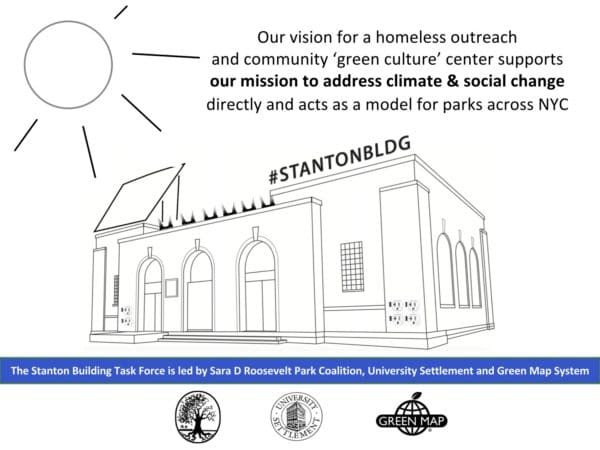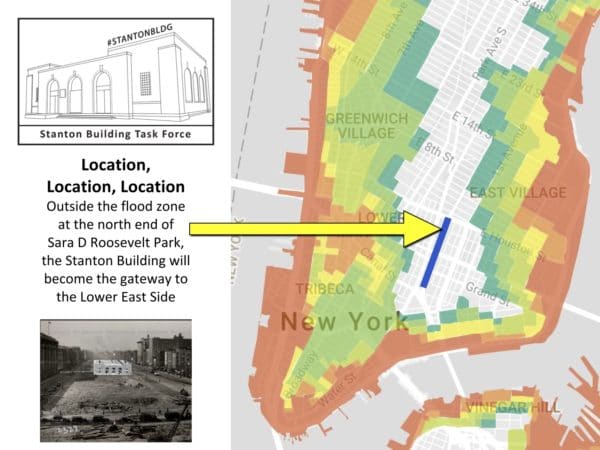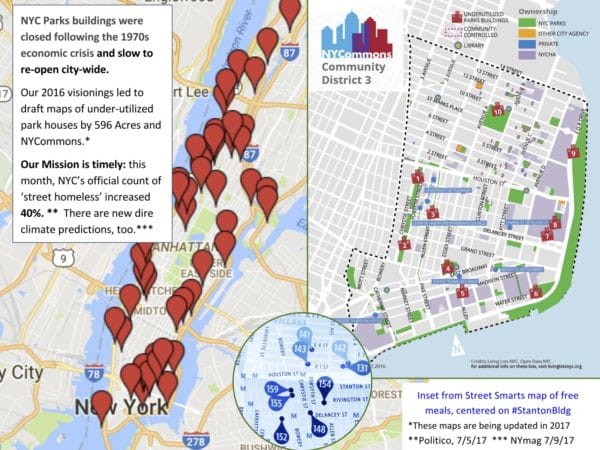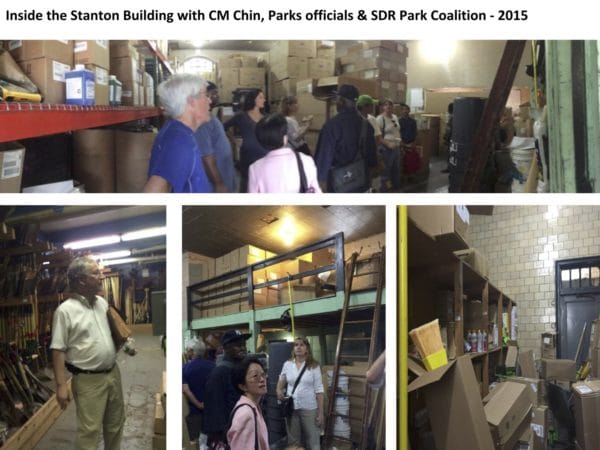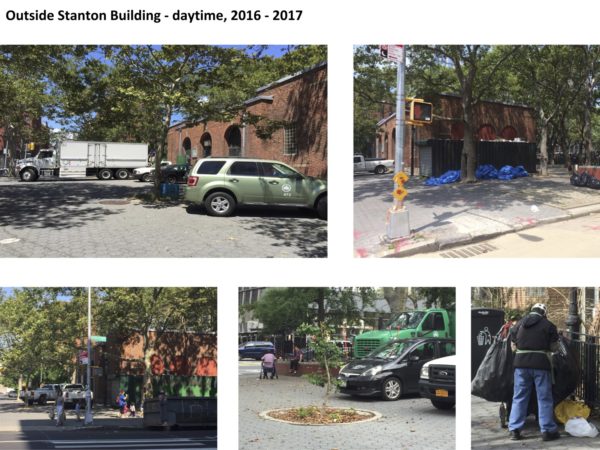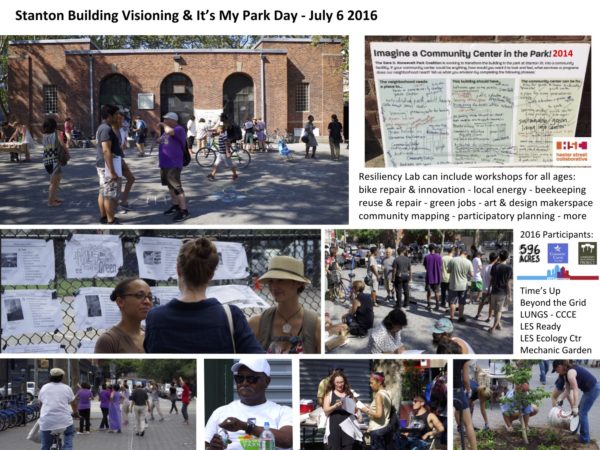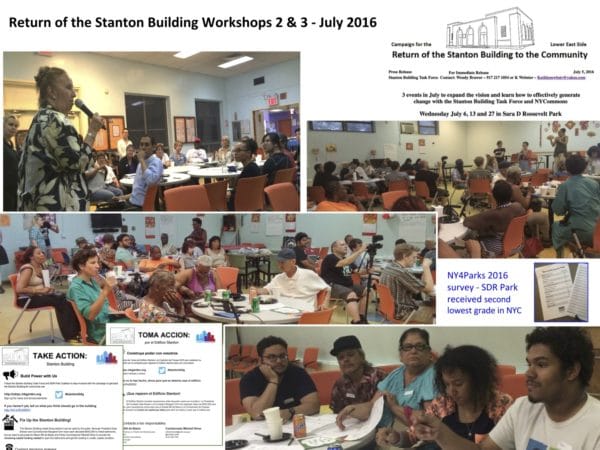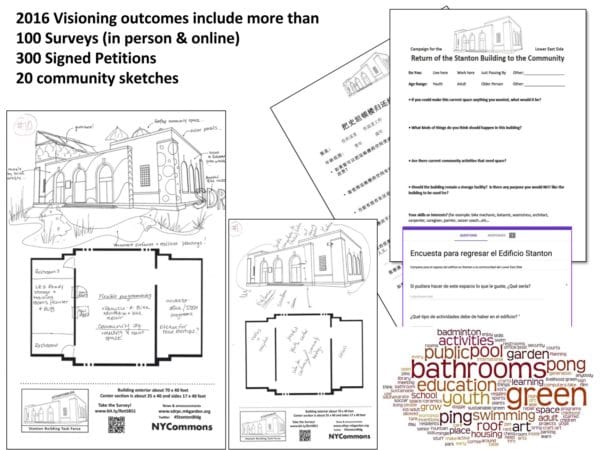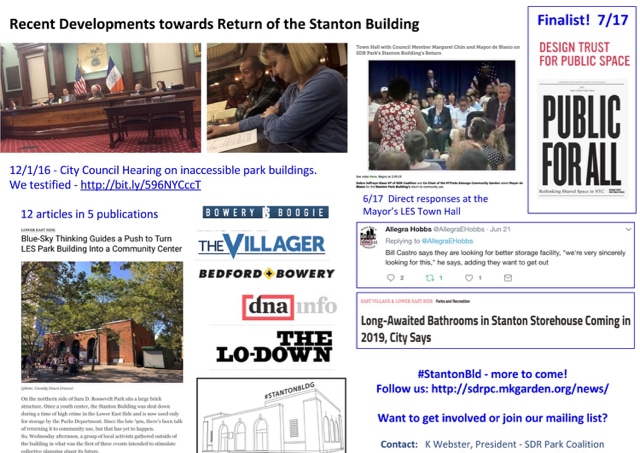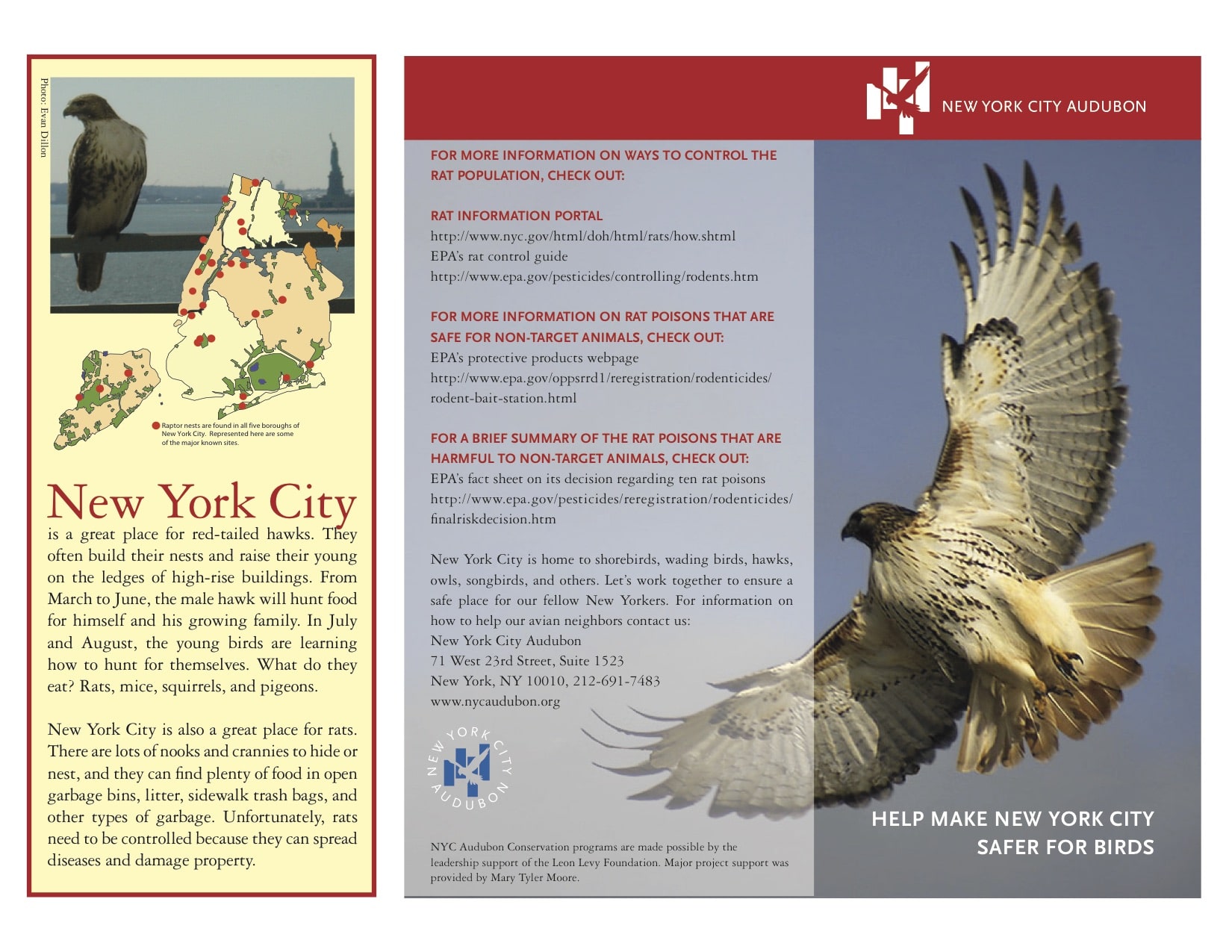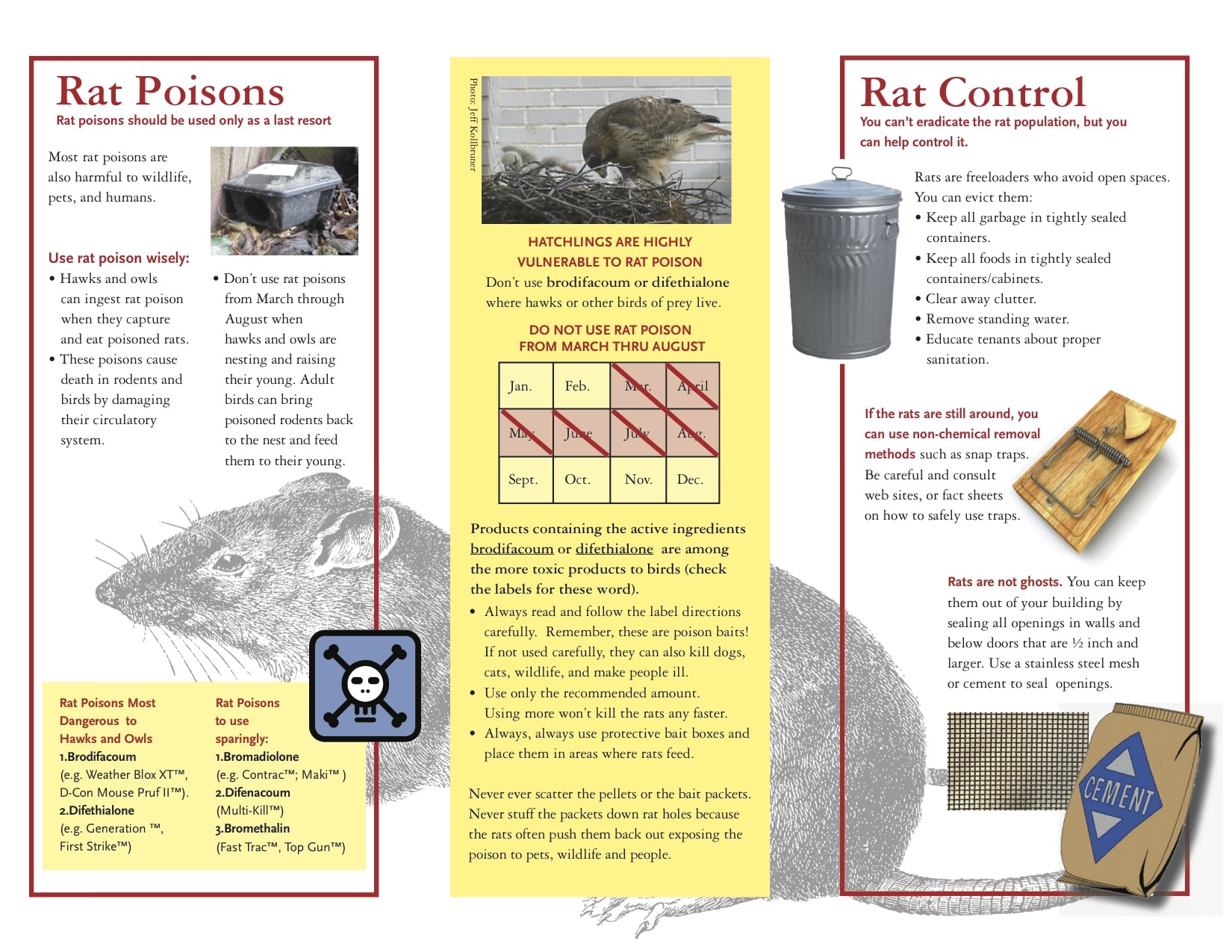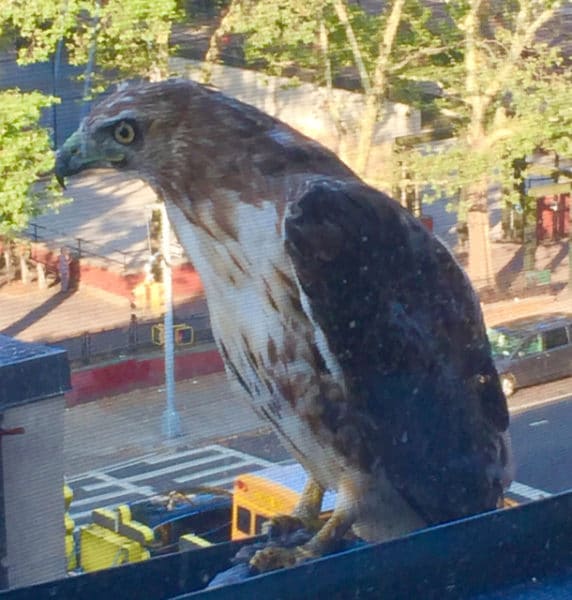A History of NYC Parks
City Lab: When gentrification Meant Driving Hogs Out of Manhattan:
“Irish pig farmers…German gardeners, .. the African-American settlement of Seneca Village, worked and lived on the land that’s known today as Central Park. Most of their homes were destroyed in the 1860s to create the park.”
Catherine McNeur: Taming Manhattan: Environmental Battles in the Antebellum City.
…Its parks and public spaces were, in large part, funded by fees that the wealthy paid in the hope of creating a place where bourgeois ladies could stroll unbothered by those of lower status.
…Central Park…“the lungs of the city”…creation was fraught with class and racial fallout. The homes of many poor immigrants who survived by processing trash, as well as the thriving African-American settlement of Seneca Village, were seized through eminent domain and destroyed to create a manufactured pastoral landscape…
Many of the underlying conflicts in McNeur’s riveting, meticulously researched account resonate strongly in the New York of today, where deepening economic inequality is fraying the ideal of a prosperous city that can be shared by all its residents: where the churning real estate market is constantly displacing the less wealthy; where rich neighborhoods get pristine parks and poor ones get cracked asphalt…
“[T]he increasingly tamed city privileged one group’s vision for the city and its environment, while amplifying environmental and economic disparity” …”
Photos are available on The Museum of the City of New York‘s online collection




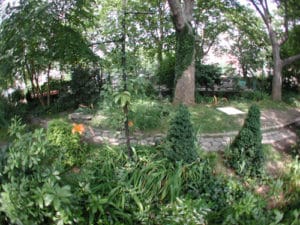
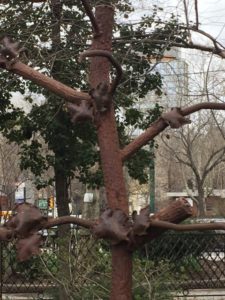
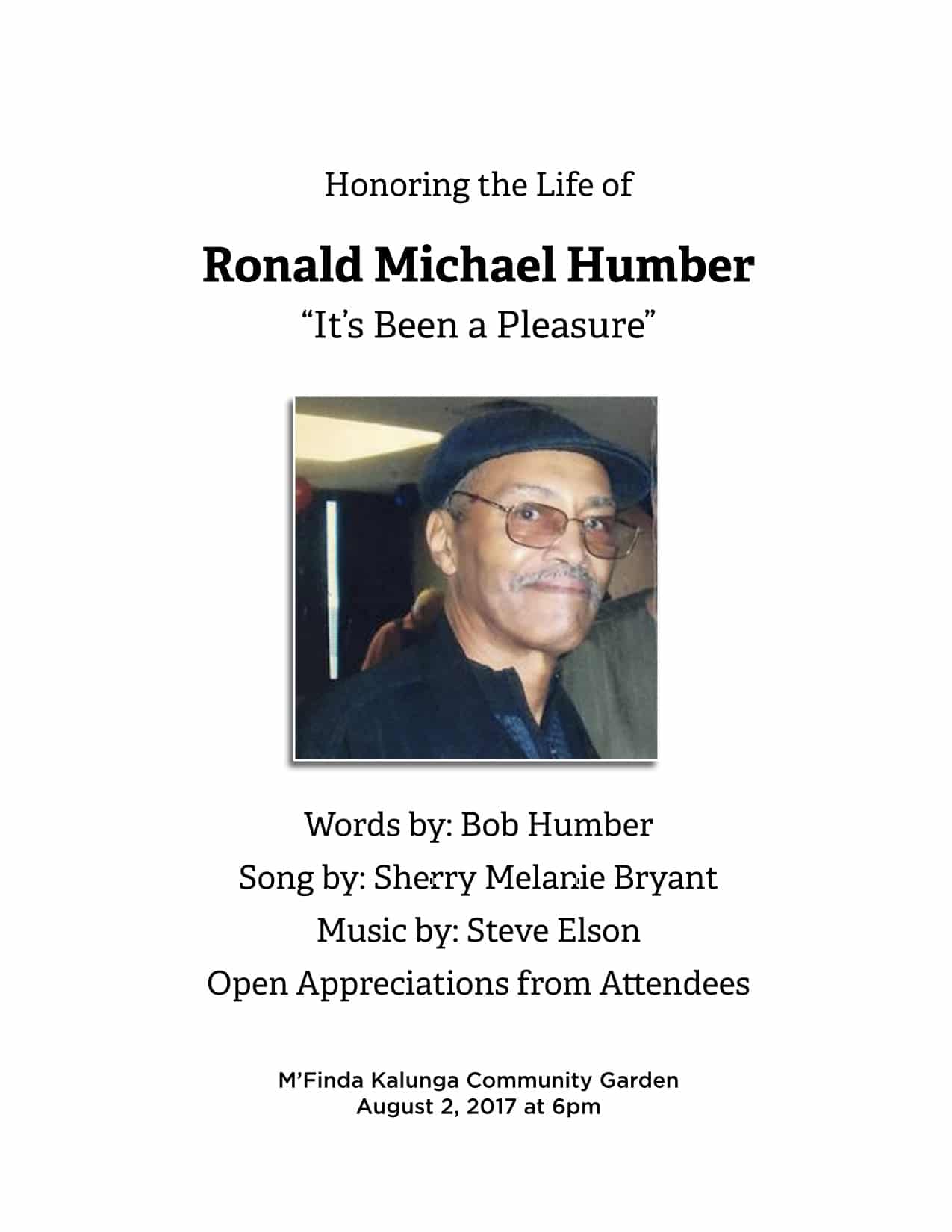
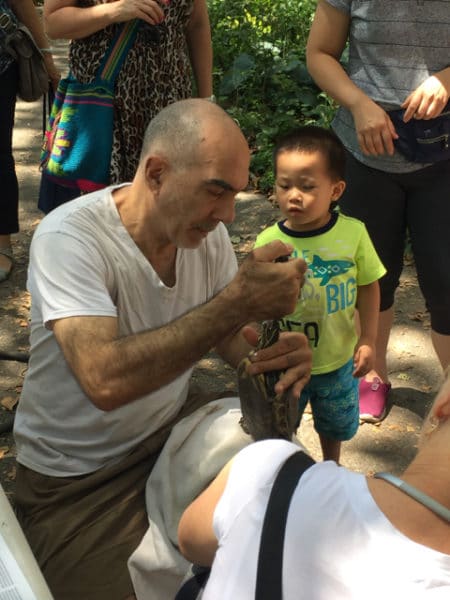
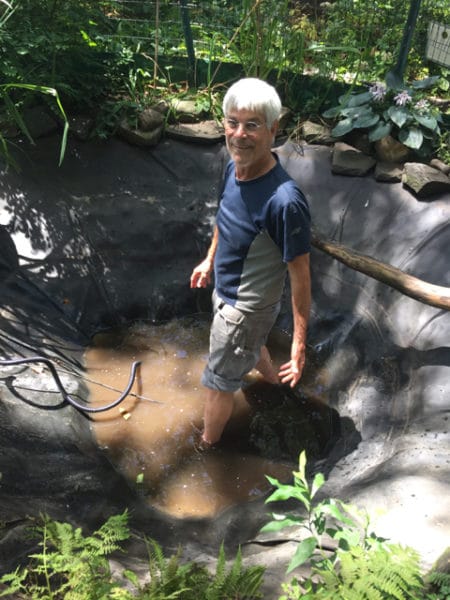
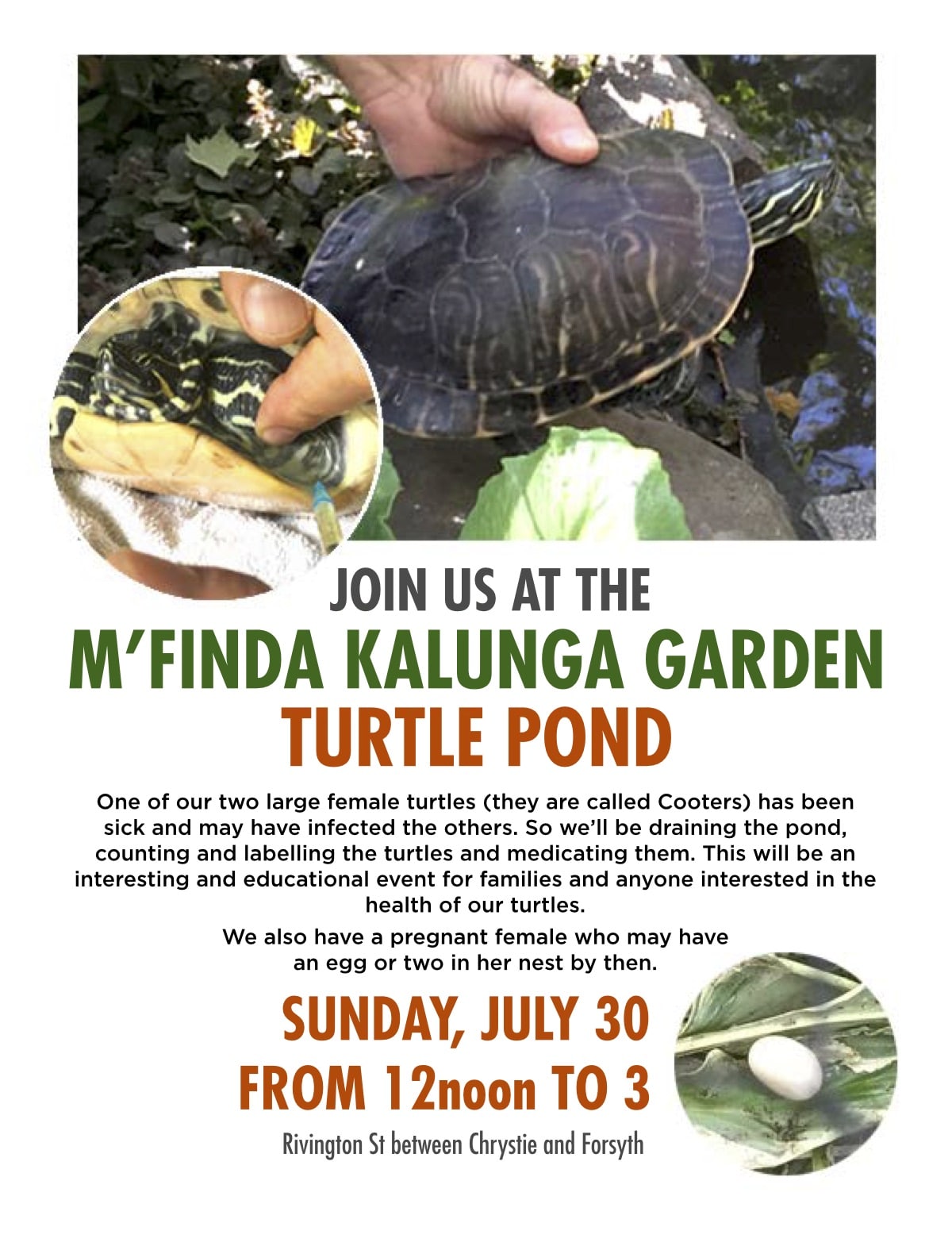
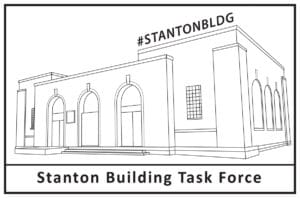
 Focus on the outliers – those people or neighborhoods most likely to fall through the cracks of existing social welfare programs- to build better solutions for everyone
Focus on the outliers – those people or neighborhoods most likely to fall through the cracks of existing social welfare programs- to build better solutions for everyone Set measurable, public, timebound goals to build a sense of urgency and force key players to innovate
Set measurable, public, timebound goals to build a sense of urgency and force key players to innovate
 Optimize existing resources by using all available data to inform decisions about spending and community responses to need
Optimize existing resources by using all available data to inform decisions about spending and community responses to need
